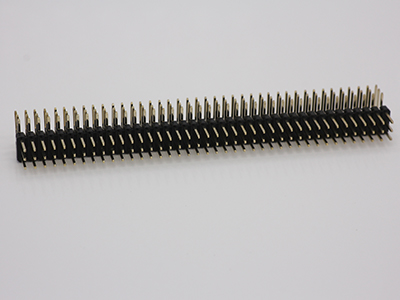Pin Header and female connector are the most commonly used connectors in the electronics industry. During the process of manufacturing or using the pin header and female connector products, the state of the contact terminal is often affected by more factors when plugging and unplugging. Influence, such as the pulling of the welding wire during the manufacturing process, the thermal deformation force of the T process, etc. There are also pin-and-female connector products during use, which will generate various force values when they are inserted, pulled, or vibrated, which will cause the contact terminals (conductors) to deviate from the working position, resulting in the failure of the product connection function. The insertion force is very important. The main points of the insertion force of the pin header and the
Female Header are summarized in detail below.

Connector product points:
1. The object is the entire pin header and female connector products, especially the mating contacts.
2. The action axis is the normal use direction of the pin header and female connector products, such as the positive and negative directions of terminal assembly.
3. Unless special pin header and female connector products need to be specified, the general speed is 25.4mm/minute.
4. In the destructive process, the specification generally sets the minimum value as (4.9N Min.).
The terminal retention force in the definition of connector products is to ensure that the terminal (conductor) is fixed in the plastic, and the terminal that has been assembled in the plastic is processed and manufactured, such as welding or pulling during product handling, T process and use process. , such as the male-female pairing process, etc.
The vibration and impact of the pin header and female connector products will be affected by external forces during processing and manufacturing, so the retention force of the terminals and plastic must be sufficient, otherwise the terminals will be affected by external factors and cause PIN back, resulting in connection interruption or The connection function fails, etc.
